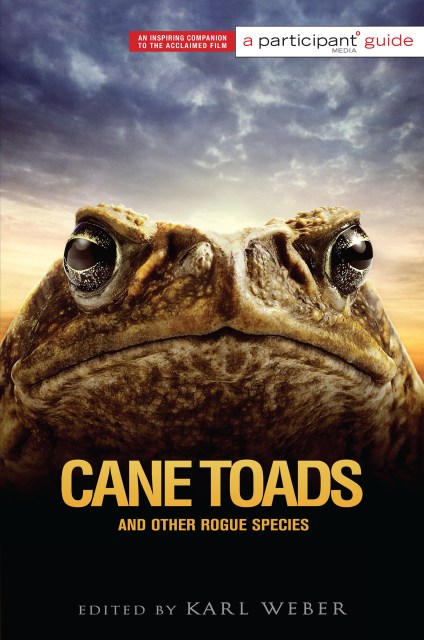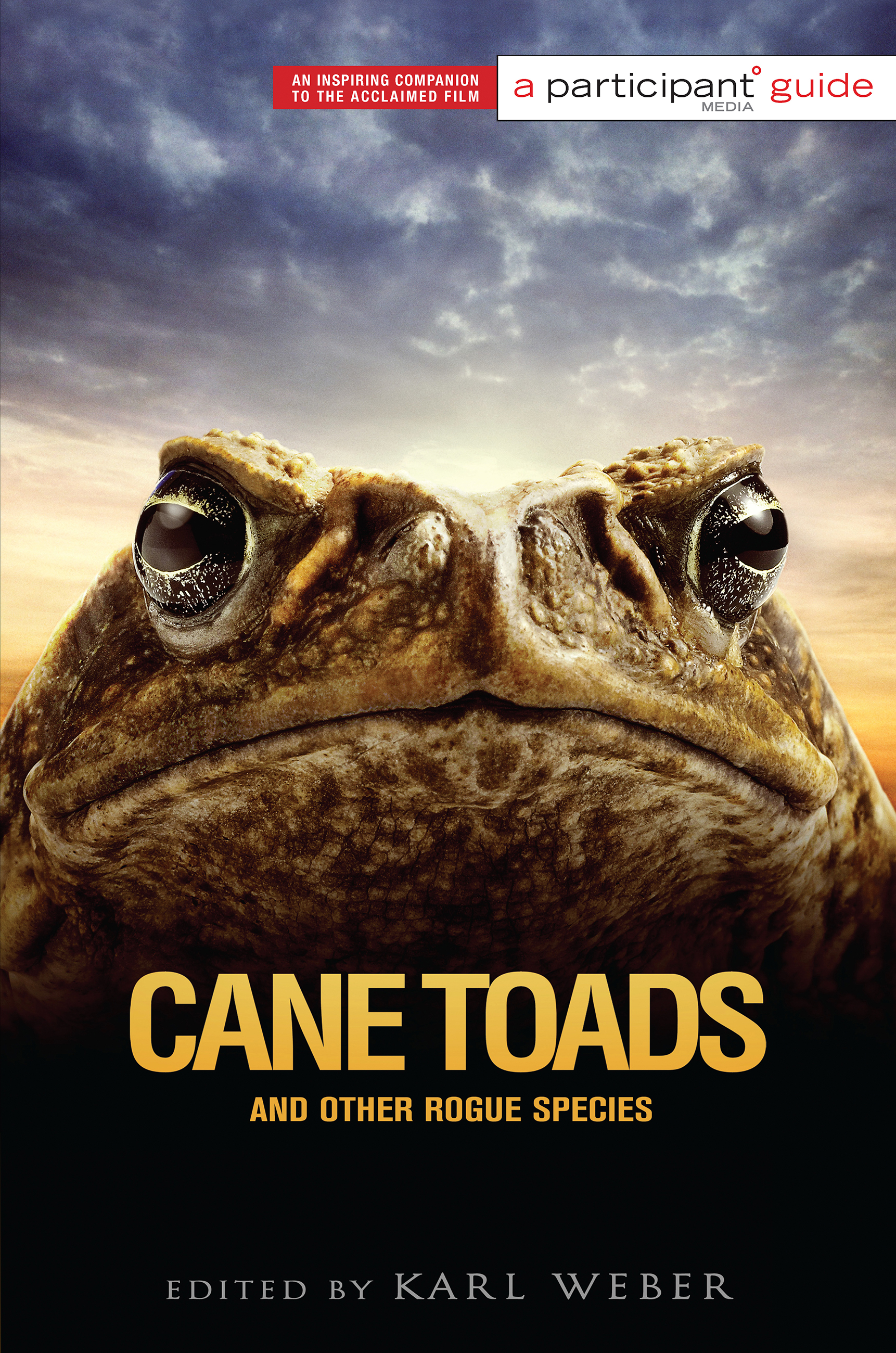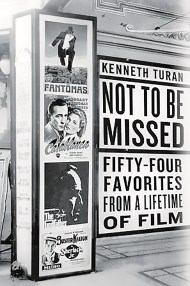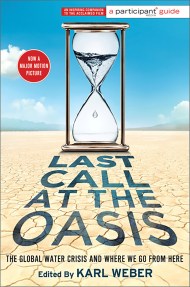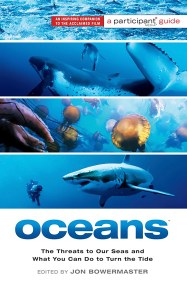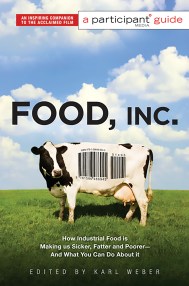Promotion
Use code MOM24 for 20% off site wide + free shipping over $45
Cane Toads and Other Rogue Species
Participant Second Book Project
Contributors
Edited by Participant
Edited by Karl Weber
Formats and Prices
Price
$9.99Price
$12.99 CADFormat
Format:
ebook (Media Tie-In) $9.99 $12.99 CADThis item is a preorder. Your payment method will be charged immediately, and the product is expected to ship on or around July 6, 2010. This date is subject to change due to shipping delays beyond our control.
Also available from:
Rogue Species explains the little-understood dangers of invasive species. Ranging from the zebra mussel (currently threatening the health of the Great Lakes) to the infamous kudzu vine (a Japanese import that now smothers seven million acres in the American southeast), these disastrous human blunders threaten the biodiversity on which all life — including our own — depends. The book will raise readers’ awareness about the threat of non-native species, increase their appreciation of natural biodiversity, and explain what they can do to help protect unique ecosystems wherever they live or travel.
Genre:
- On Sale
- Jul 6, 2010
- Page Count
- 256 pages
- Publisher
- PublicAffairs
- ISBN-13
- 9781586488390
Newsletter Signup
By clicking ‘Sign Up,’ I acknowledge that I have read and agree to Hachette Book Group’s Privacy Policy and Terms of Use
